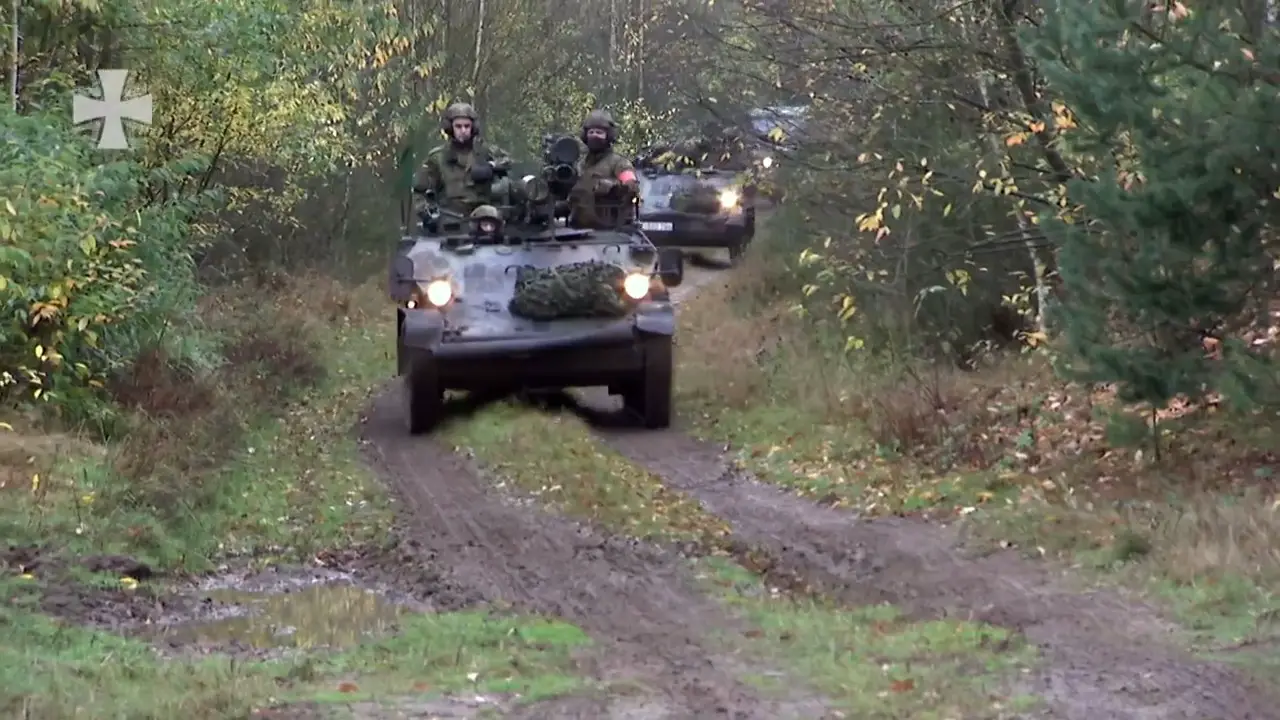The Wiesel Armoured Weapons Carrier (AWC) is a German light air-transportable armoured fighting vehicle, more specifically a lightly armoured weapons carrier. It is quite similar to historical scouting tankettes in size, form and function, and is the only true modern tankette in use in Western Europe. The Wiesel was developed for the German Army to meet a requirement for an air-transportable light armored vehicle for use by its airborne troops, as the infantry of the German Army were considered unprepared to successfully fight enemy main battle tanks (MBT) in the 1970s.

The Wiesel 1’s length is about 3.55 meters, height 1.82 meters, and width 1.82 meters. At only 2.75 metric tons, it weighs less than the armored variant of the U.S. Humvee military light truck. The engine is a 64 kW (86 hp) Audi 2.1-litre diesel engine giving a top speed of 70 km/h (45 mph). The Wiesel can ford 0.5 m deep and cross a 1.2 m trench. It was manufactured by Rheinmetall AG. The chassis is made of steel armour and can resist common 5.56 mm and 7.62 mm small arms ammunition and shell splinters.

The German Army ordered 343 of the vehicles in 1985. The Wiesel was introduced as new weapon system for the Army with deliveries beginning in the late 1980s. The vehicle was named Wiesel (“weasel”) because of its small size and agility, which make it very difficult to detect on the battlefield. Production of the Wiesel 1 ended in 1993. Of 343 Wiesel 1 vehicles, 210 were armed with BGM-71 TOW wire-guided anti-tank guided missile system. The TOW (“Tube-launched, Optically tracked, Wire-guided”) is an American anti-tank missile designed by Hughes Aircraft in the 1960s, the weapon is currently produced by Raytheon.















